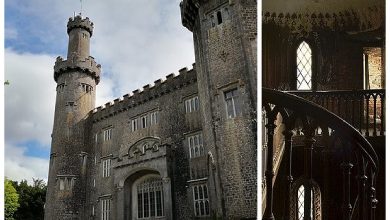Mysterious symbols of Royston Cave
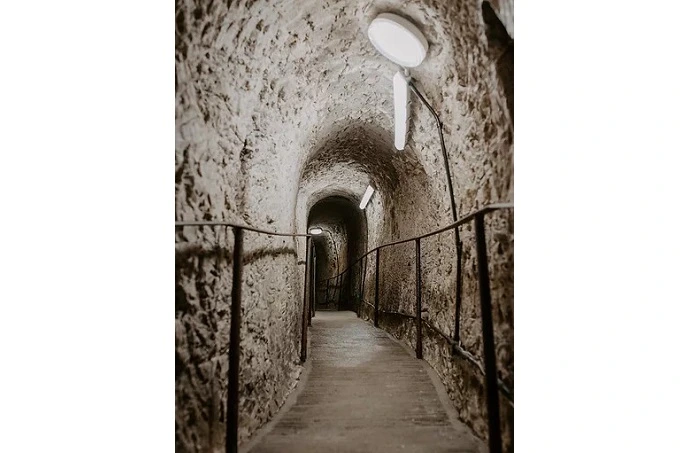
Royston is a town in the English county of North Hertfordshire and is the county town of Royston. Royston Cave, which is hidden under Melbourne Street, is one of the town’s most popular attractions.
By chance, a worker working on constructing new bench supports came into the cave in 1742 and reported it to the authorities. He discovered a millstone under the soil’s surface, and when he picked it up, he discovered a shaft down to the bottom of the earth. The boy was the first to go into the hole. A rope was used to lower him into the hollow, where he discovered that, instead of a network of tunnels, there was “just” a bell-shaped cavity.
A lot of soil and stones had been thrown into the cave. Unfortunately, the soil sample, which included human bones and bits of earthenware, was never examined or studied further.
Another entrance was constructed by a local layer named Thomas Watson after the old one was blocked off and closed again. Given that his home was just across the street from the cave, he created a 22-meter tunnel between the two structures and began charging sixpence for a person who came to see. Although it is still in use today, this entrance
Many historians have visited the cave and shared their views regarding its beginnings. Here are a few examples. Some believe it was used as a secret meeting location by the Templars. In addition to this, some historians believe that the carved figures include Masonic symbols, suggesting that the cave might be related to King James I, who was himself a Mason and who had a hunting lodge in Royston. According to some studies, the cave may have merely served as a jail for prisoners. According to another theory, the cave was formerly used as an Augustinian vault. On the other hand, these hypotheses are backed up by very few experimental observations.
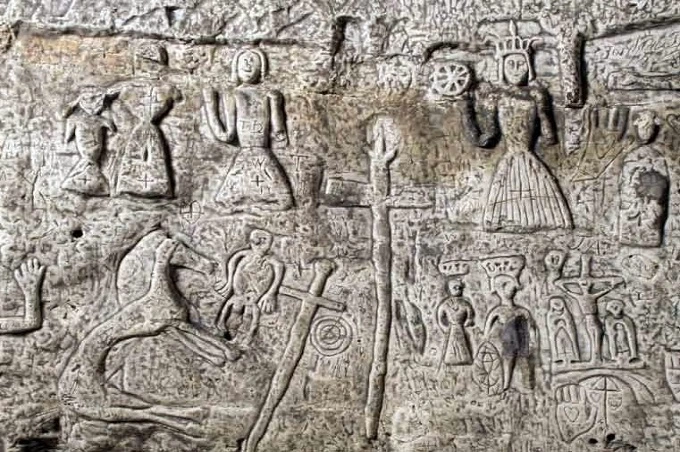
The carvings on the walls have a somewhat medieval feel to them. The images were originally painted in color, but only faint traces of color could be seen when they were discovered at the time of their discovery. The majority of the carved figures have religious overtones; for example, St Christopher is engraved below the original entrance, St Catherine and St Lawrence are inscribed on the west side of the wall, and next to St Lawrence are three figures of a man, a woman, and a child, believed to be Joseph, Mary, and Jesus, are carved. In addition, there is a statue of St George, who is the patron saint of England.
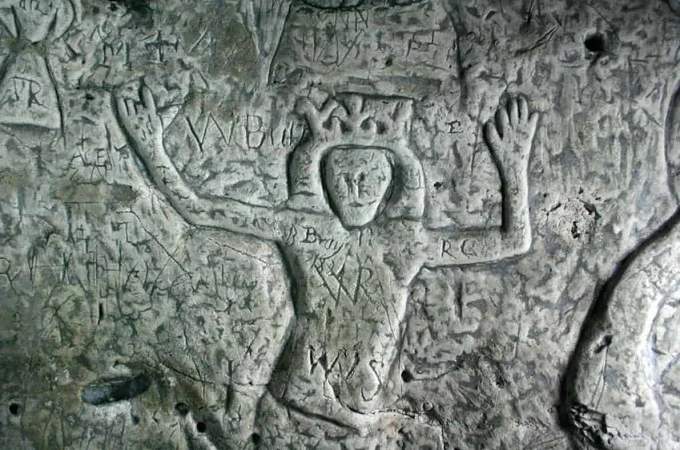
The carved images include many heads, one of which may be that of John the Baptist, and representations of the Holy Sepulchre and the Crucifixion of Jesus Christ. The Holy Spirit is represented by the hand of God releasing a bird, which is located above the Tomb.
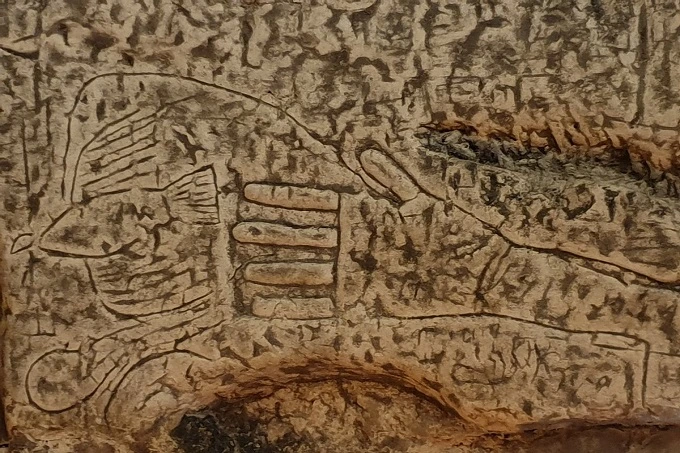
Two little images, one of a man and one of a woman, are carved underneath St Catherine. A rising crown adorns the head of the lady. This pair of people represents Richard I, the Lionheart, and his wife Berengaria, and they are shown in the painting. It is possible that Berengaria was never legally anointed queen of England, which would explain why the crown is suspended above her rather than on her head.
Several additional carved images have been left unidentified. The identity of the person who engraved the cave’s walls and the cause for why they did so remain a mystery. Today, the cave is owned by the municipal council and is available to the public on a limited basis.



